From the Open-Publishing Calendar
From the Open-Publishing Newswire
Indybay Feature
HUMBOLDT REMEMBERS HIROSHIMA AND NAGASAKI
Dozens of residents of Humboldt County, California turned out Saturday, Aug. 9, in solidarity with worldwide commemorations of the 58th anniversary of the US atomic bombings of Hiroshima and Nagasaki.
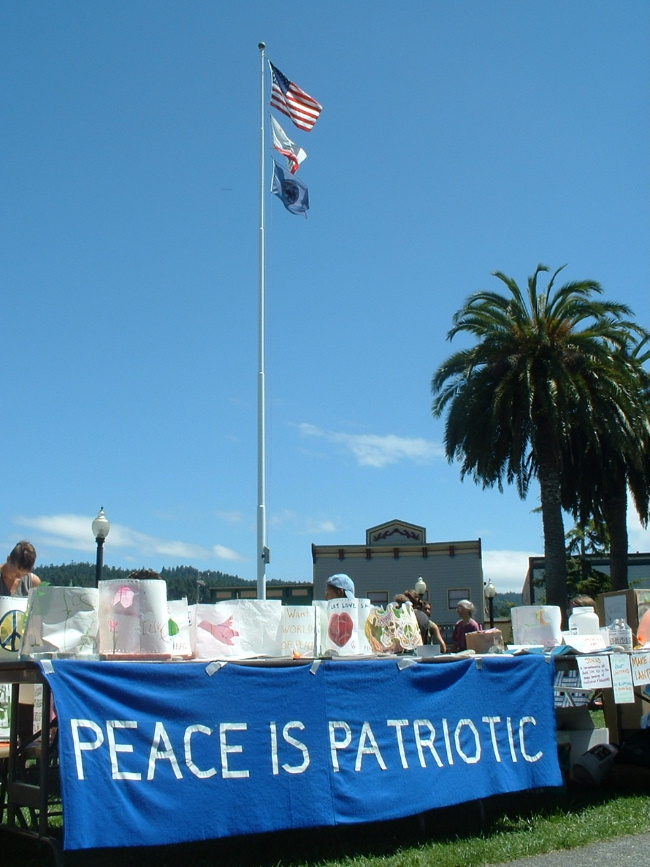
Story and Photos by
BRIAN OHKUBO COVERT
& KAZUMI OHKUBO COVERT
Arcata, Humboldt County, CA -- Handmade paper lanterns, paper cranes and a peace ceremony were how residents here Saturday commemorated the US government’s dropping of the atomic bombs on the Japanese cities of Hiroshima and Nagasaki 58 years ago this week.
Peace events began in the monrning on the Plaza, Arcata’s main gathering place, amid the usual Saturday crowd of hundreds who turn out for the weekly “Farmer’s Market” ritual of selling and buying local produce and goods.
Members of the city of Arcata’s “Nuclear Weapons Free Zone Commission” set up tables for making Japanese-style paper lanterns that would be floated in a local lake later that evening. There was table space as well as for making paper cranes and displaying printed materials related to anti-war issues and the two atomic bombings of 1945. Some of the free printed materials on display at the Arcata Plaza included pamphlets, brochures and a book that were recently donated, especially for this occasion, to the citizens of Humboldt County by the city of Hiroshima.
The U.S. government tested its new atomic weapon in the desert of New Mexico on July 16, 1945, and nine days later on July 25, officially decided the Japanese cities on which such a weapon would be dropped.
Three weeks later, at 8:15 a.m. on Aug. 6, 1945, US military planes dropped the world’s first atomic bomb on the industrial port city of Hiroshima in western Japan. The bomb, nicknamed “Little Boy,” weighed about four tons, had a destructive power equal to about 15,000 tons of TNT -- and contained the radioactive element Uranium 235.
Three days later, at 11:02 a.m., on Aug. 9, 1945, US military planes dropped the world’s second atomic bomb on the industrial port city of Nagasaki in southwestern Japan. The bomb, nicknamed “Fat Man,” weighed about 4.5 tons, had a destructive power of about 21,000 tons of TNT -- and contained the radioactive element Plutonium 239.
Both cities were instantly incinerated and covered by deadly mushroom clouds of radioactivity that brought on intense heat rays, strong winds and a radioactive fallout of “black rain.” Many survivors of Nagasaki and Hiroshima have often referred to the bombs’ effects, as they experienced them, as “hell on Earth.”
About 150,000 people were killed in Hiroshima on Aug. 6; tens of thousands more were wounded. About 75,000 people were killed in Nagasaki on Aug. 9, with about as many also wounded. Millions of citizens around the world have protested the two atomic bombings ever since then, commemorating the Japanese victims of the bombs that arguably ended World War II yet ushered in the seemingly uncontrollable global arms race that continues today.
The severe health problems, too, of survivors of Hiroshima and Nagasaki continue on to this day.
On Aug. 6 this year, Hiroshima Mayor Tadatoshi Akiba, in a Peace Declaration, slammed the US for its current nuclear policy that “appears to worship nuclear weapons as God.”
“We must somehow convey to them [world leaders] that nuclear weapons are utterly evil, inhumane and illegal under international law,” Akiba said.
On Aug. 9 this year, Nagasaki Mayor Itcho Itoh reminded the world: “We have ceaselessly called for the eradication of nuclear weapons and the establishment of world peace, so that such a tragedy is never repeated.”
And on Aug. 9 this year in Humboldt County, California, Arcata City Councilmember David Meserve too expressed such sentiments during an evening “peace ceremony” held at the Arcata Marsh and Wildlife Sanctuary. As the sun set and the moon rose over the clear summer skies of northern Humboldt, the paper lanterns made at the Plaza earlier Saturday, with their messages for peace, were lit and set adrift on a small lake adjacent to Arcata Bay.
Just like people do in Hiroshima and Nagasaki -- where lighted paper lanterns with messages are placed on rivers and floated out to the Pacific Ocean about this time every year, remembering the dead and praying for a peaceful future for the living.
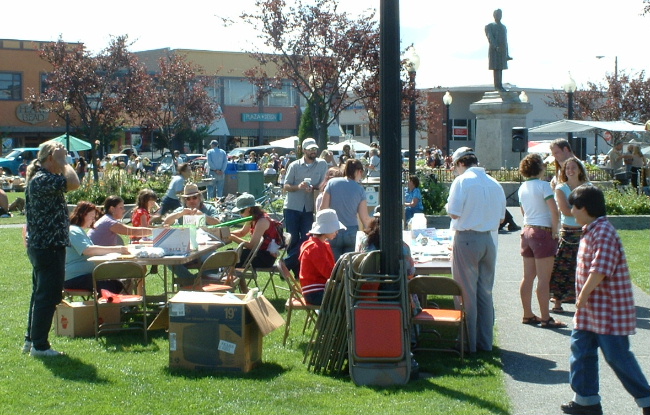
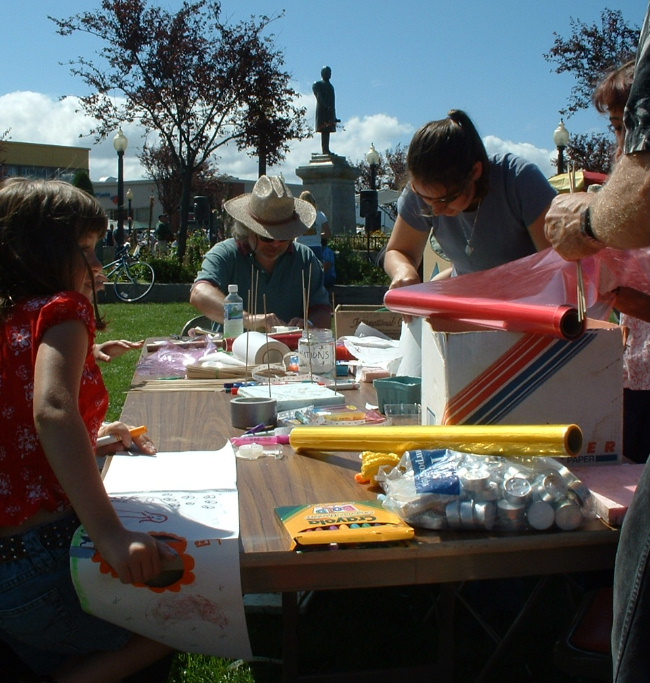
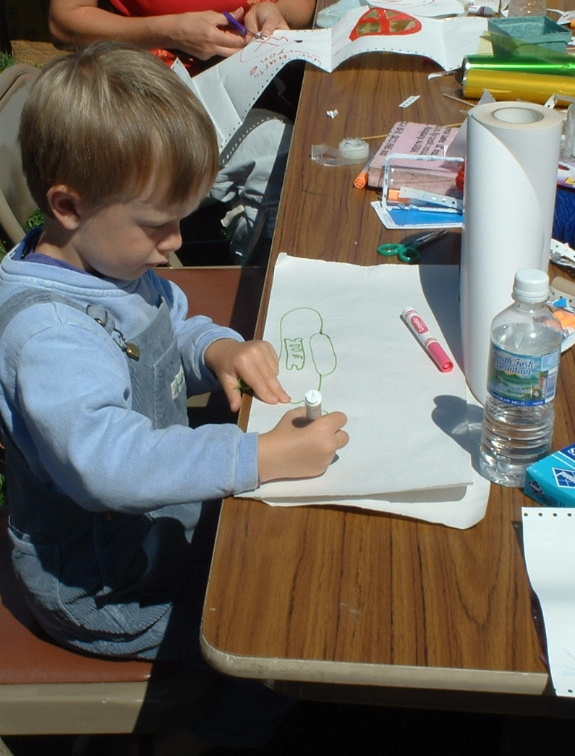
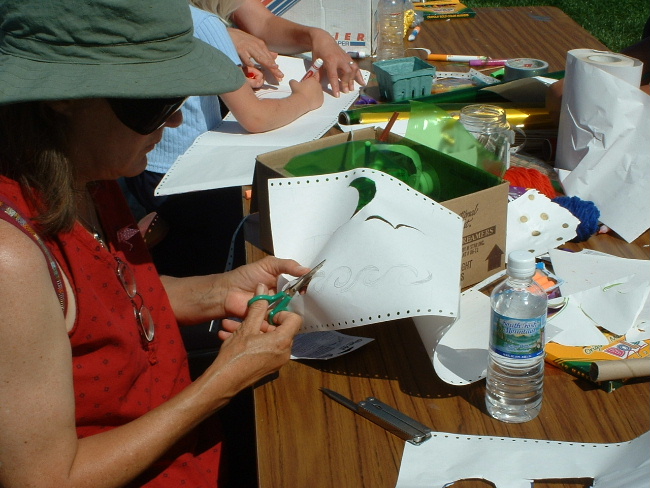
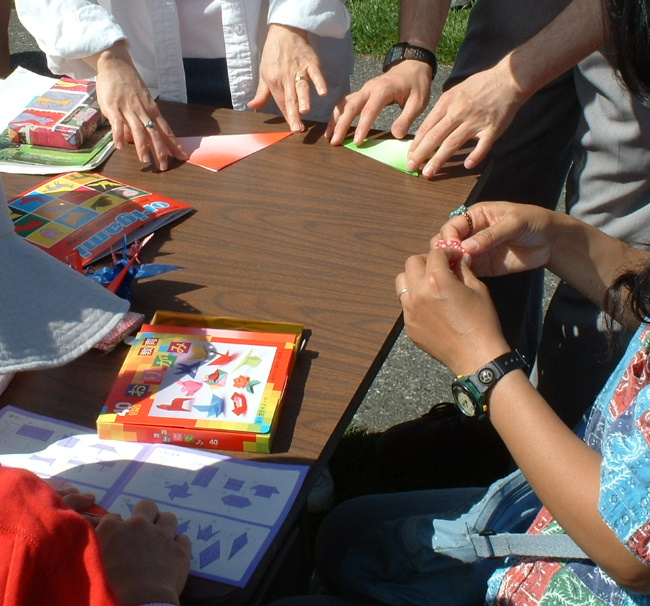
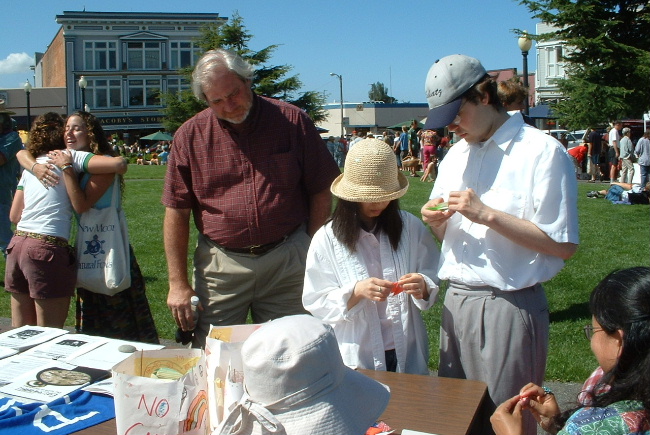
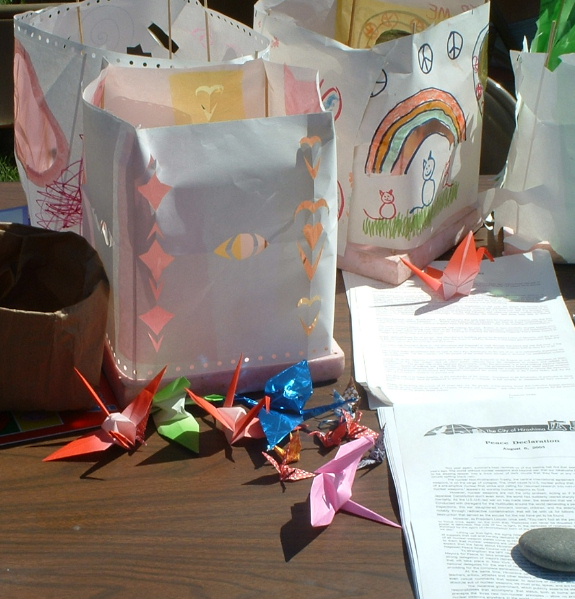
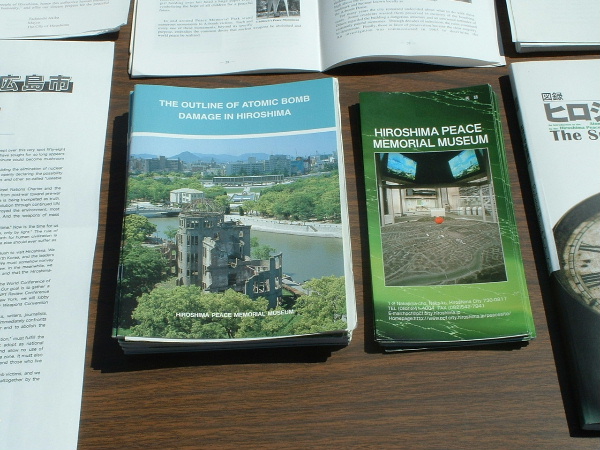
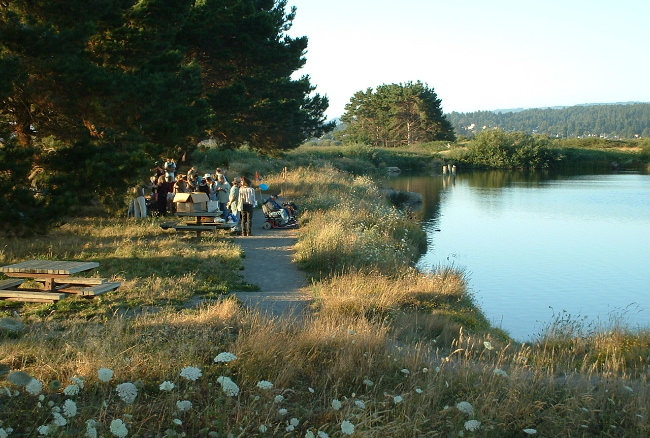
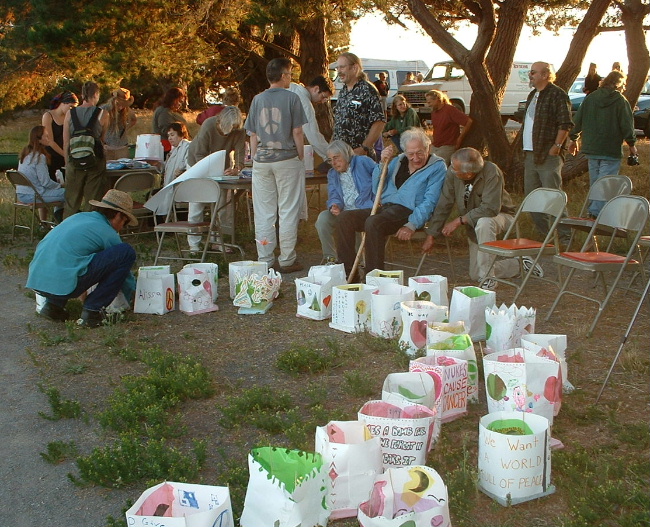
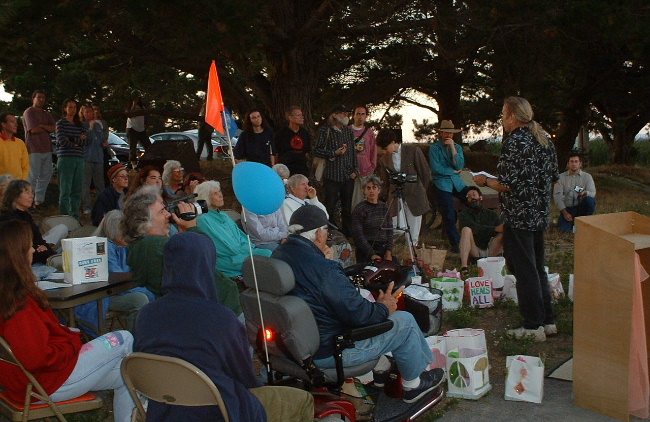
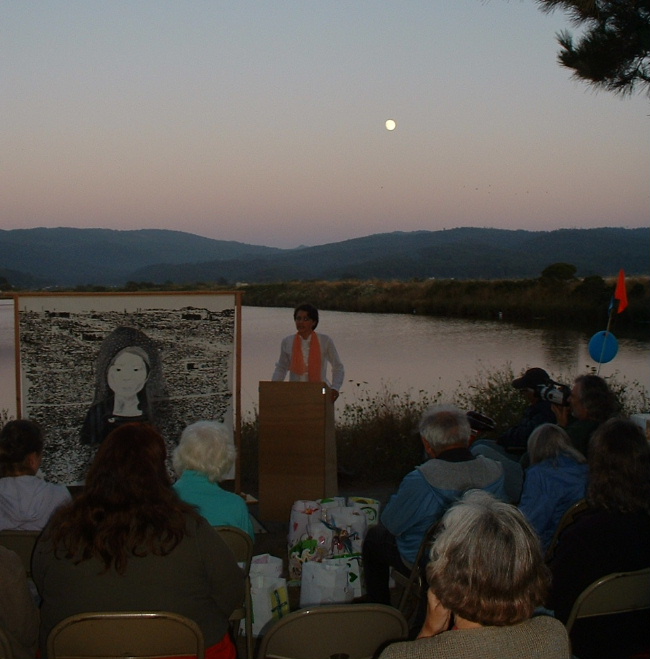
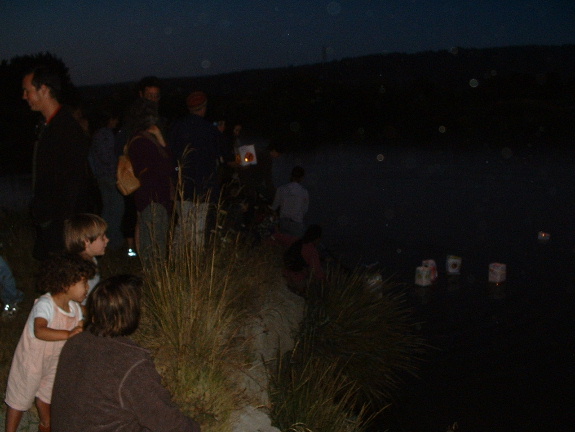
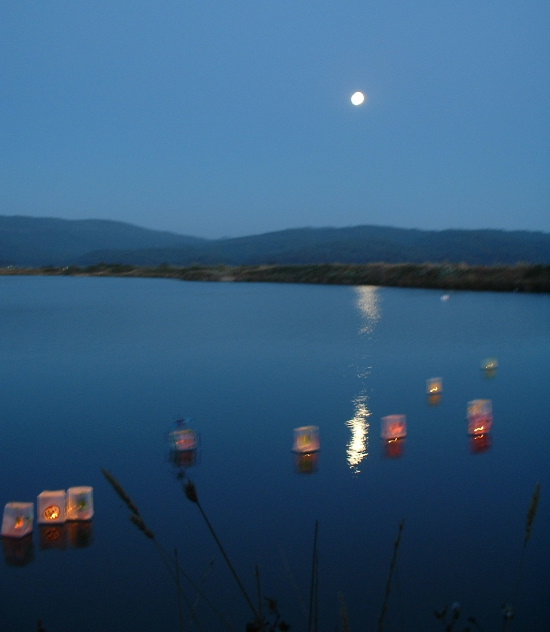

Add Your Comments
Comments
(Hide Comments)
I was appalled to read that we used depleted uranium in Iraq and Afghanistan. We used 1,000,000 rounds of this stuff carrying up to 10 pounds of depleted uranium each. By the way, this stuff has a half life 4.5 BILLION years. The weapons also contain traces of Plutonium and Americium which are far more radioactive than depleted uranium. Anyway, read the October 2nd 2003 issue of Rolling Stone Magazine for a full story and lots of pictures. I didn't know what depleted uranium was until I read the article in Rolling Stone.
Soooooooooooo, you think bombing Nagasaki and Hiroshima was a BAD idea? It saved a million American GI lives! The incredibly DUMB Japanese government brought it on to themselves when they bombed Pearl Harbor. In reality - the Japanese government bombed N. and H.
Do you think we were just going to watch as they colonized China and the Far East?
It's an age old debate long since settled.
As far as using depleted uranium - it is saving lives also. War is hell... tell the terrorists to go away and none of this is needed! Or continue to coddle them with acts/deeds/words of sedition.
Do you think we were just going to watch as they colonized China and the Far East?
It's an age old debate long since settled.
As far as using depleted uranium - it is saving lives also. War is hell... tell the terrorists to go away and none of this is needed! Or continue to coddle them with acts/deeds/words of sedition.
when it hits you at 3600 ft per second.
However - otherwise it's about as dangerous as granite, and almost less radioactive. In fact, granite's got thorium which breaks down into radon.
A half-life of 4.5 billion years means one atom of that has a 50/50 chance of splitting sometime during that 4.5 billion years. Contrast that with some of the medical isotopes that have a half-life of seconds to minutes, it's about as inert as it's possible to be.
The WHO doesn't think it's much of a danger.
http://www.who.int/mediacentre/factsheets/fs257/en/
The National Radiologic Protection Board isn't too worried...
http://www.nrpb.org/faq/du/index.htm
And to put the half-life in perspective as far as a time scale goes - the earth was formed about one half-life of U-238 ago.
For what it's worth, smoking's a LOT more dangerous than radiation from DU. If I were you, I'd do a bit more research on this and look into the physics behind it. It's easy to find, and I wouldn't trust Rolling Stone magazine to put out the straight dope on something that:
1. Won't affect any of it's readers.
2. Can be used to sensational effect.
However - otherwise it's about as dangerous as granite, and almost less radioactive. In fact, granite's got thorium which breaks down into radon.
A half-life of 4.5 billion years means one atom of that has a 50/50 chance of splitting sometime during that 4.5 billion years. Contrast that with some of the medical isotopes that have a half-life of seconds to minutes, it's about as inert as it's possible to be.
The WHO doesn't think it's much of a danger.
http://www.who.int/mediacentre/factsheets/fs257/en/
The National Radiologic Protection Board isn't too worried...
http://www.nrpb.org/faq/du/index.htm
And to put the half-life in perspective as far as a time scale goes - the earth was formed about one half-life of U-238 ago.
For what it's worth, smoking's a LOT more dangerous than radiation from DU. If I were you, I'd do a bit more research on this and look into the physics behind it. It's easy to find, and I wouldn't trust Rolling Stone magazine to put out the straight dope on something that:
1. Won't affect any of it's readers.
2. Can be used to sensational effect.
Not if you inhale or ingest the dust it isn't.
What is it, you can't be bothered to read a link?
From the WHO link...
"In the kidneys, the proximal tubules (the main filtering component of the kidney) are considered to be the main site of potential damage from chemical toxicity of uranium. There is limited information from human studies indicating that the severity of effects on kidney function and the time taken for renal function to return to normal both increase with the level of uranium exposure."
(Like any heavy metal, such as lead, uranium is toxic - however, it's pretty inert so you've got to have a LOT of it in your system to have problems.)
"In a number of studies on uranium miners, an increased risk of lung cancer was demonstrated, but this has been attributed to exposure from radon decay products. Lung tissue damage is possible leading to a risk of lung cancer that increases with increasing radiation dose."
(Pretty much what you figure, right? But keep reading...)
"However, because DU is only weakly radioactive, very large amounts of dust (on the order of ___grams___) would have to be inhaled for the additional risk of lung cancer to be detectable in an exposed group. Risks for other radiation-induced cancers, including leukaemia, are considered to be very much lower than for lung cancer."
(Starting to get a picture here? The stuff's darn near inert from a radiation standpoint.)
"Erythema (superficial inflammation of the skin) or other effects on the skin are unlikely to occur even if DU is held against the skin for long periods (weeks)."
(The '(weeks)' was in the original link. Check for yourself.)
"No consistent or confirmed adverse chemical effects of uranium have been reported for the skeleton or liver. "
(Hmmm.)
"No reproductive or developmental effects have been reported in humans."
(Remember, this is for DEPLETED uranium, where the radioactive isotope of uranium has been removed.)
"Although uranium released from embedded fragments may accumulate in the central nervous system (CNS) tissue, and some animal and human studies are suggestive of effects on CNS function, it is difficult to draw firm conclusions from the few studies reported."
Look - you want to believe DU glows in the dark? Go right ahead. You want to believe that you'll have three-headed kids if you're in the same county as a DU round? Have fun.
The facts remain that DU is damn near as inert as it's possible to be, and still be radiologically active. Toxicity isn't a factor. Radiation isn't a factor. You yourself are more likely to be more radioactive than a pound of DU, because you've got Carbon-14 in you, and that's MUCH more radiologically active than DU is.
Lies? Come on. Show some proof. I'll trust the World Health Organization over Rolling Stone, myself. Rolling Stone magazine has to entertain - and then it'll get tossed for the next issue. The World Health Organization - what they've got HAS to be right. Because when dealing with these kinds of issues, close isn't good enough.
From the WHO link...
"In the kidneys, the proximal tubules (the main filtering component of the kidney) are considered to be the main site of potential damage from chemical toxicity of uranium. There is limited information from human studies indicating that the severity of effects on kidney function and the time taken for renal function to return to normal both increase with the level of uranium exposure."
(Like any heavy metal, such as lead, uranium is toxic - however, it's pretty inert so you've got to have a LOT of it in your system to have problems.)
"In a number of studies on uranium miners, an increased risk of lung cancer was demonstrated, but this has been attributed to exposure from radon decay products. Lung tissue damage is possible leading to a risk of lung cancer that increases with increasing radiation dose."
(Pretty much what you figure, right? But keep reading...)
"However, because DU is only weakly radioactive, very large amounts of dust (on the order of ___grams___) would have to be inhaled for the additional risk of lung cancer to be detectable in an exposed group. Risks for other radiation-induced cancers, including leukaemia, are considered to be very much lower than for lung cancer."
(Starting to get a picture here? The stuff's darn near inert from a radiation standpoint.)
"Erythema (superficial inflammation of the skin) or other effects on the skin are unlikely to occur even if DU is held against the skin for long periods (weeks)."
(The '(weeks)' was in the original link. Check for yourself.)
"No consistent or confirmed adverse chemical effects of uranium have been reported for the skeleton or liver. "
(Hmmm.)
"No reproductive or developmental effects have been reported in humans."
(Remember, this is for DEPLETED uranium, where the radioactive isotope of uranium has been removed.)
"Although uranium released from embedded fragments may accumulate in the central nervous system (CNS) tissue, and some animal and human studies are suggestive of effects on CNS function, it is difficult to draw firm conclusions from the few studies reported."
Look - you want to believe DU glows in the dark? Go right ahead. You want to believe that you'll have three-headed kids if you're in the same county as a DU round? Have fun.
The facts remain that DU is damn near as inert as it's possible to be, and still be radiologically active. Toxicity isn't a factor. Radiation isn't a factor. You yourself are more likely to be more radioactive than a pound of DU, because you've got Carbon-14 in you, and that's MUCH more radiologically active than DU is.
Lies? Come on. Show some proof. I'll trust the World Health Organization over Rolling Stone, myself. Rolling Stone magazine has to entertain - and then it'll get tossed for the next issue. The World Health Organization - what they've got HAS to be right. Because when dealing with these kinds of issues, close isn't good enough.
Start here:
http://www.tv.cbc.ca/national/pgminfo/du/
http://www.chugoku-np.co.jp/abom/uran/index_e.html
http://www.iacenter.org/depleted/du.htm
http://www.ngwrc.org/Dulink/du_link.htm
http://www.pandoraproject.org/
http://www.antenna.nl/wise/uranium/dhap99.html
http://www.iacenter.org/depleted/append7.htm
http://www.disasternews.net/news/news.php?articleid=1687
http://www.tv.cbc.ca/national/pgminfo/du/
http://www.chugoku-np.co.jp/abom/uran/index_e.html
http://www.iacenter.org/depleted/du.htm
http://www.ngwrc.org/Dulink/du_link.htm
http://www.pandoraproject.org/
http://www.antenna.nl/wise/uranium/dhap99.html
http://www.iacenter.org/depleted/append7.htm
http://www.disasternews.net/news/news.php?articleid=1687
The World Health Organization - what they've got HAS to be right? or what? who do they answer to when they are wrong?
in 2002 The World Health Organization published its findings that second hand smoke posed no detectable health risks to anyone exposed to it
(they must be correct!)
in 2002 The World Health Organization published its findings that second hand smoke posed no detectable health risks to anyone exposed to it
(they must be correct!)
Auntie N
so nice to see you are here to spread good cheer to your fellow man. it is nice to see that we can discuss our differing views with dignity and intelligence.
so nice to see you are here to spread good cheer to your fellow man. it is nice to see that we can discuss our differing views with dignity and intelligence.
I'm here to spread the truth. If it cheers you up, so be it. If it doesn't cheer you up, too bad for you.
If you want the truth to cheer up, create cheering truths.
If you want the truth to cheer up, create cheering truths.
what you have been spreading on thick - also is required to be watered in ;-)
what did that last comment mean??? it boggles the mind.
also: isn't it kind of cute when someone thinks uranium is so safe they'd cook with it? i hope soon it will be discovered that it has a practical application in the american kitchen...anyone who believes it will be taken care of.
also: isn't it kind of cute when someone thinks uranium is so safe they'd cook with it? i hope soon it will be discovered that it has a practical application in the american kitchen...anyone who believes it will be taken care of.
We are 100% volunteer and depend on your participation to sustain our efforts!
Get Involved
If you'd like to help with maintaining or developing the website, contact us.
Publish
Publish your stories and upcoming events on Indybay.
Topics
More
Search Indybay's Archives
Advanced Search
►
▼
IMC Network


